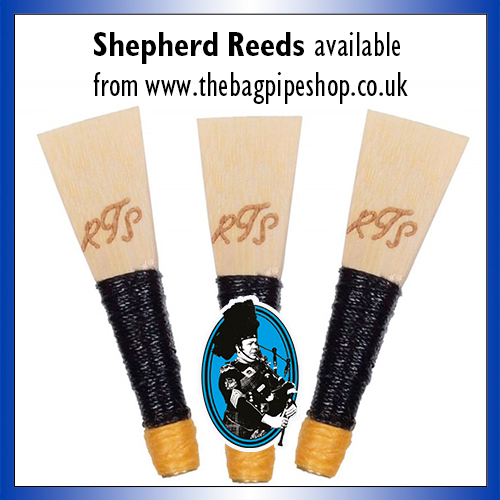Further to yesterday’s post on the letters of Simon Fraser, all his correspondence that appeared originally in the Oban Times is now online here and freely available.
In addition, we hope to make available soon a recording of an interview with Pipe Major Willie Gray in which he talks about the Frasers but in the meantime here is more on the piobaireachd of Simon Fraser. The following account was written by by Dr Barrie MacLachlan Orme and published in the September 1998 Piping Times:
Simon Alexander Fraser (1845-1934) was born into a family with strong piping traditions. His father, Hugh, had been taught by Iain Dubh MacCrimmon in Skye. His mother was the grand-daughter of Charles MacArthur, who had been extensively taught by Patrick Òg MacCrimmon. She may have been a descendant of the MacCrimmon family herself. She was not a piper but she knew lots of canntaireachd and piping history, which she taught to her Simon.
Simon was brought up to manage the big stations around Mansfield. He was an expert rider of horses. His leather and whipmaking were renowned, and he made and repaired violins and bagpipes. When he was about 40 years old he started taking bagpipe lessons from Peter Bruce, the leading piper of the famous Bruce family, who lived on a farm at Benalla.

The Bruce family from Glenelg, Scotland, had been taught the music from Donald Ruadh MacCrimmon and Captain Neil MacLeod of Gesto. They migrated to Australia in the 1830s. Simon Fraser was Peter Bruce’s only pupil. They both knew the canntaireachd and the secret MacCrimmon traditions, so it was easy for Simon to take up the pipes.

Later, Simon Fraser wanted to publish MacCrimmon history and music before it was lost. But he was ridiculed, and they asked him how could a wild colonial from Australia know more about piping than they knew in Scotland. And yet, he corrected many of the tune settings, the rhythms, and even corrected the canntaireachd. Gradually, some pipers agreed with him. People from Scotland, America, India and other places wrote that Fraser was correct, and slowly the style of playing has been accepted.
For many years piping schools have taught specific styles of playing piobaireachd and these styles characterised these schools. A phrase in the music was to be played fast or slow, or perhaps a note was extended, cut or even eliminated. The Fraser style is quite different. It emphasises rhythm, beauty and appeal. It is based on Fraser’s triple system of timing, and it is this style Hugh, Simon’s son, taught to his pupils.
It was in 1926 that Dr. G. F. Ross of Calcutta first published a detailed study of Simon Fraser’s works. In it, he wrote extensively on settings and forms of beats. Even the four, five and six vocables in the complex crunluaths were commented on, though they are not played today. But he had no way of hearing the Fraser style. He had no way of hearing how meaningful piobaireachd music could be.
In 1979, the collection of Simon Fraser’s music first appeared. In the second edition, it has gone around the world to many enthusiastic pipers. One of the main lessons in this collection is to show that settings are not fixed, but are variable, so that popular tunes may be played in different ways. Another lesson is that canntaireachd must be used as a basis to timing the music.
•For an example of Simon Fraser’s settings, a look at Lament for Donald Duaghal MacKay as it appears in the Piobaireachd Society’s Book 13 may be of interest.


